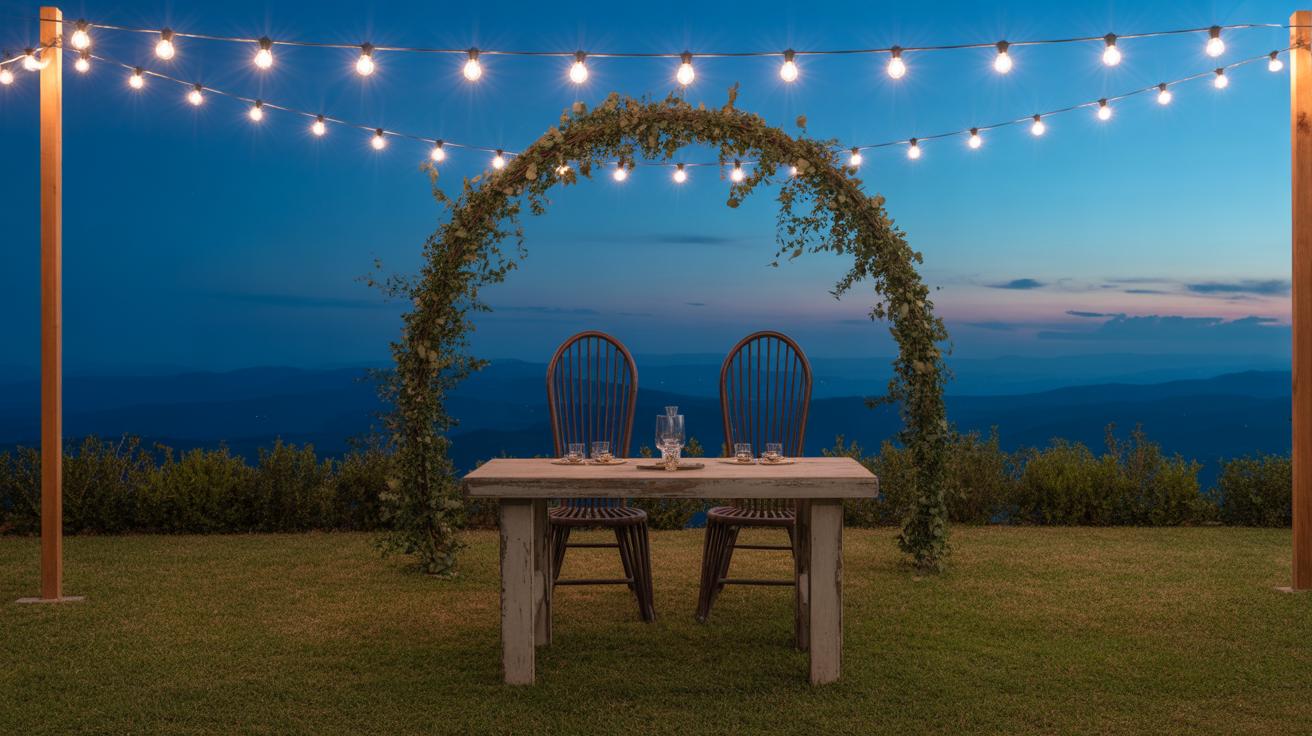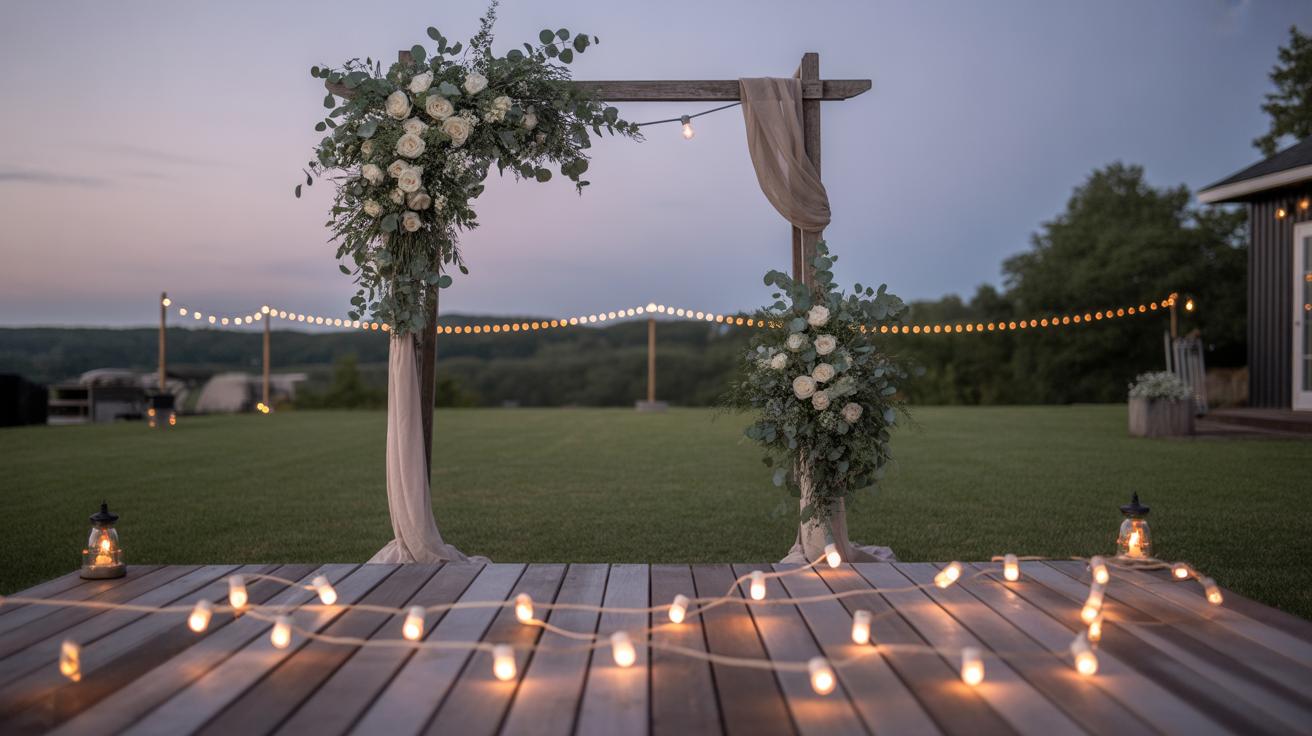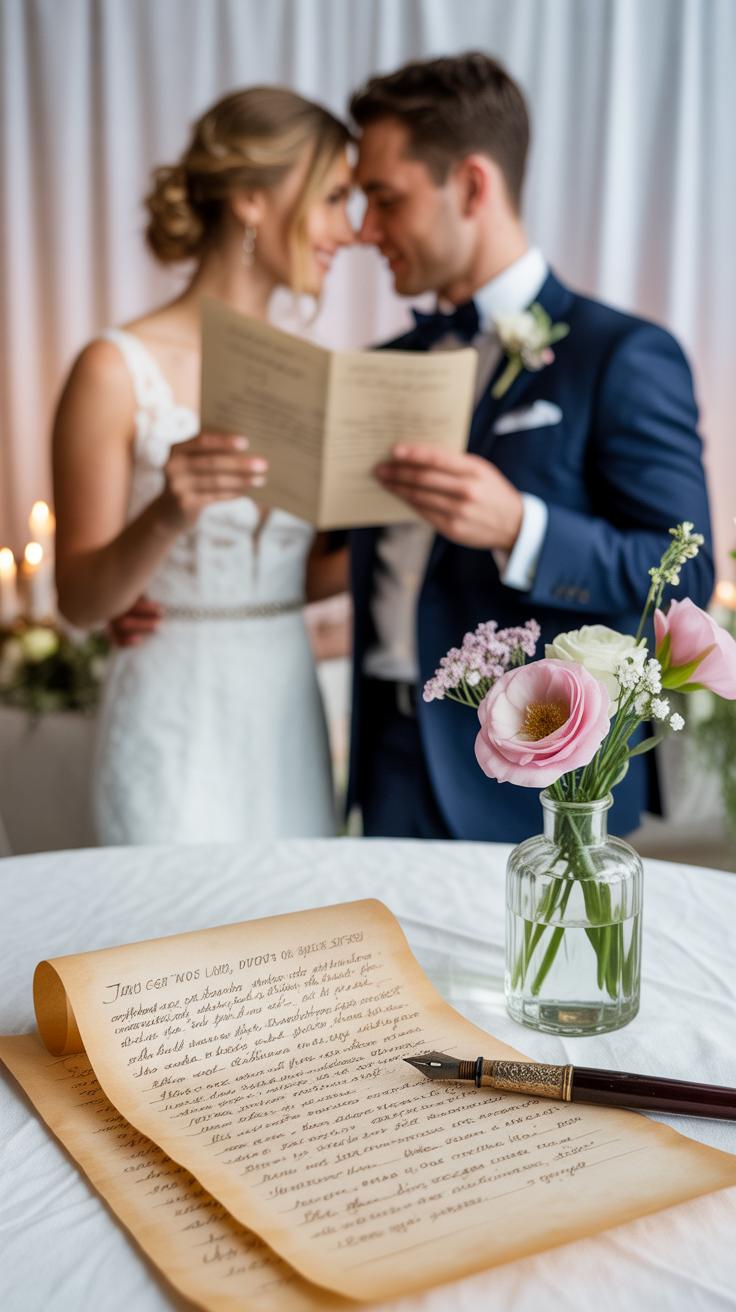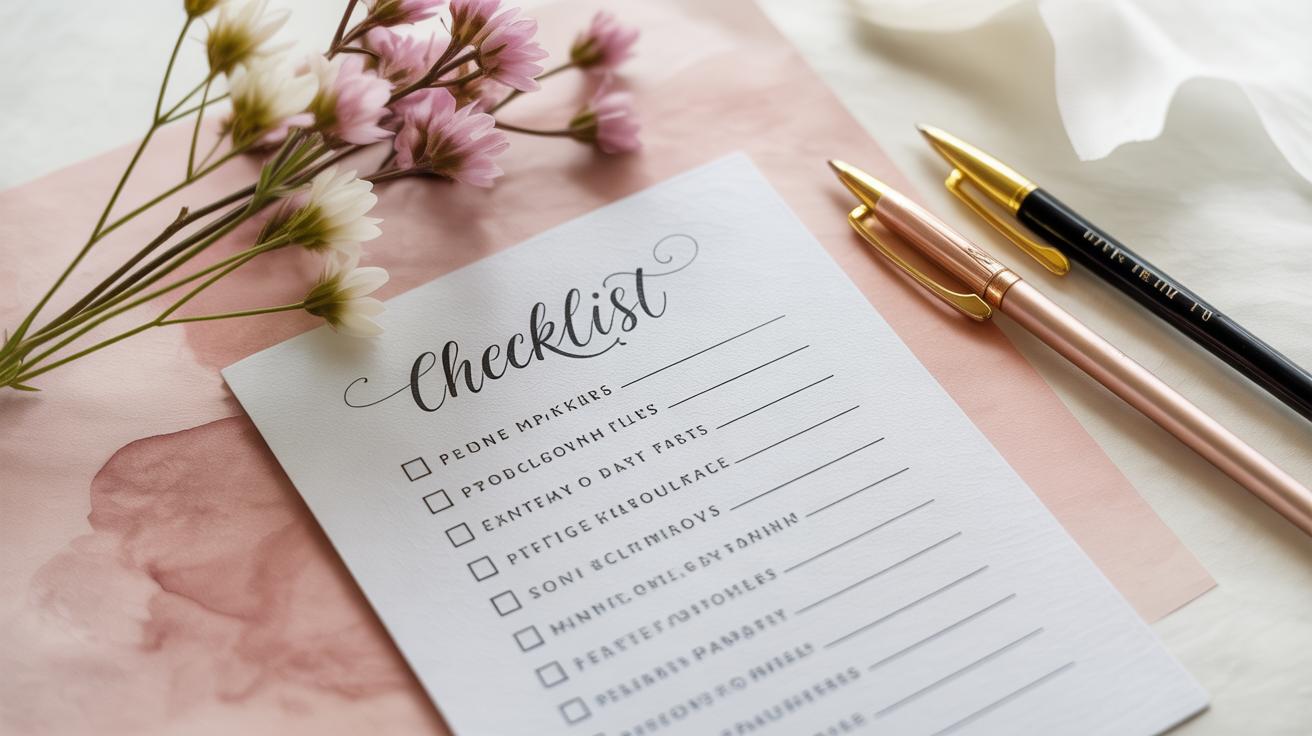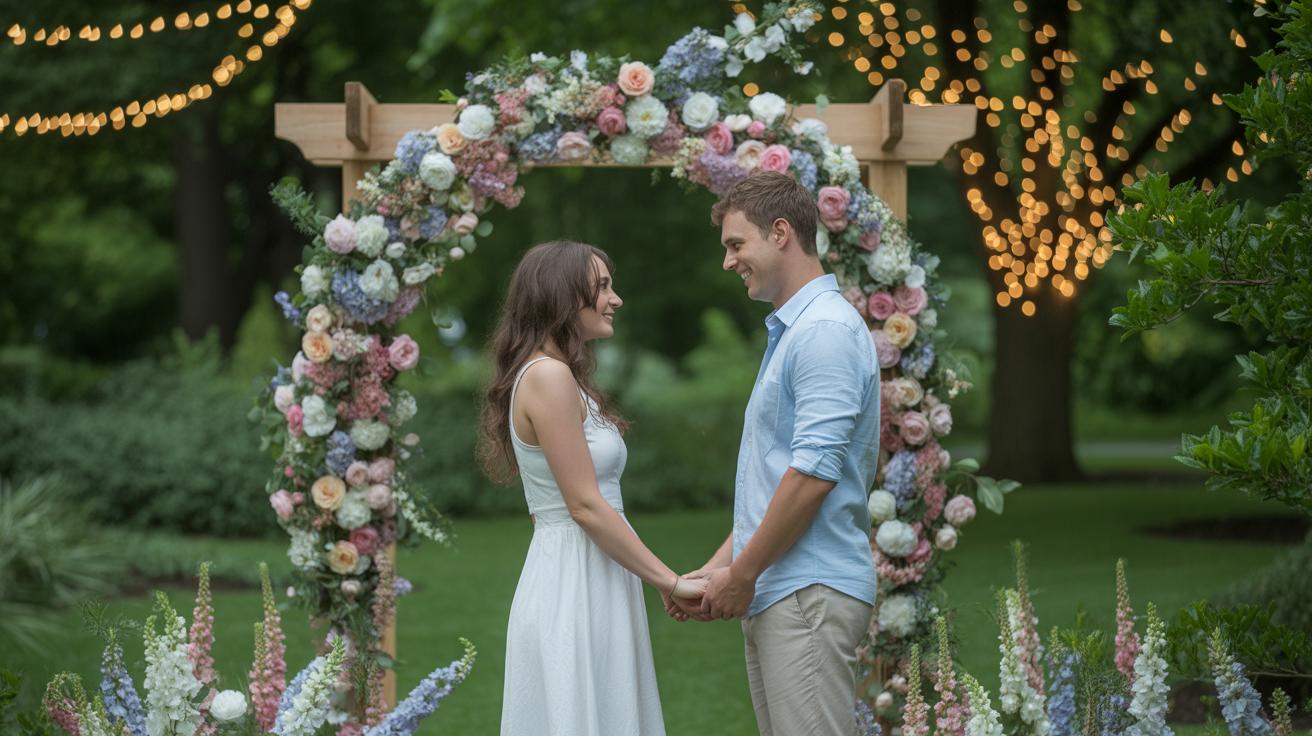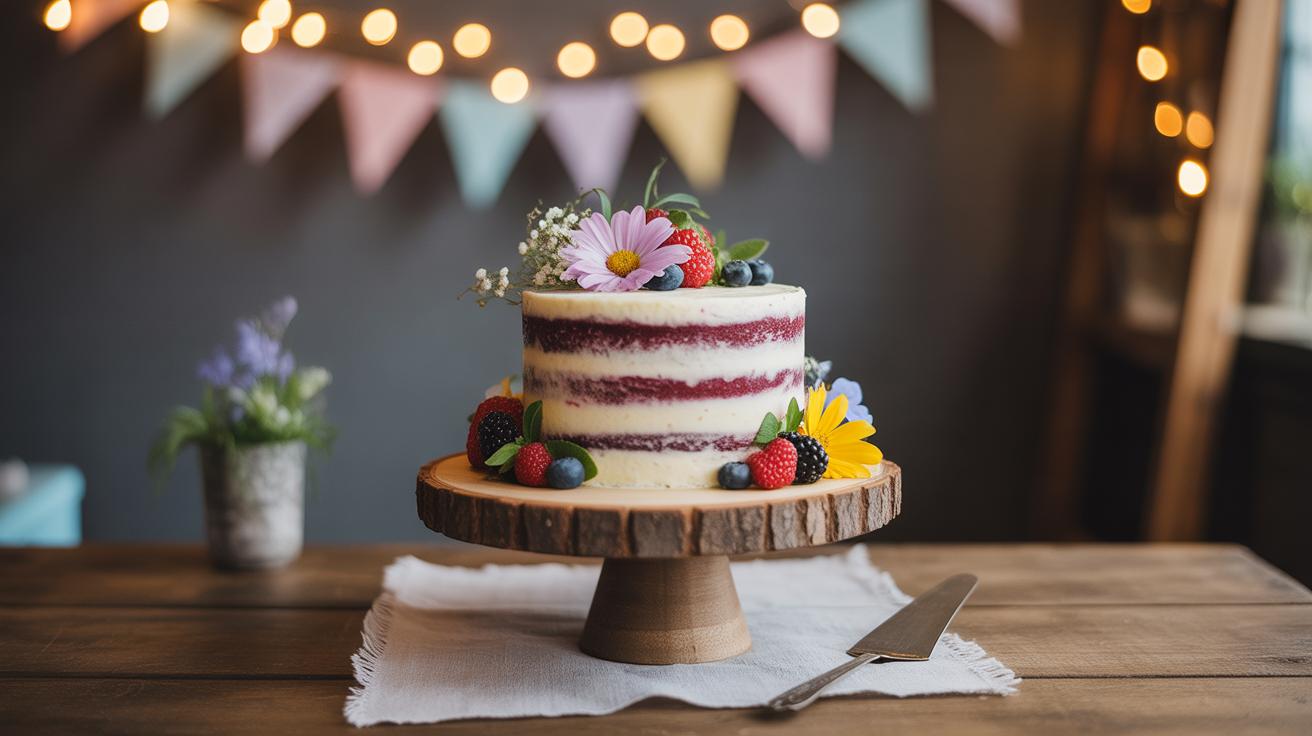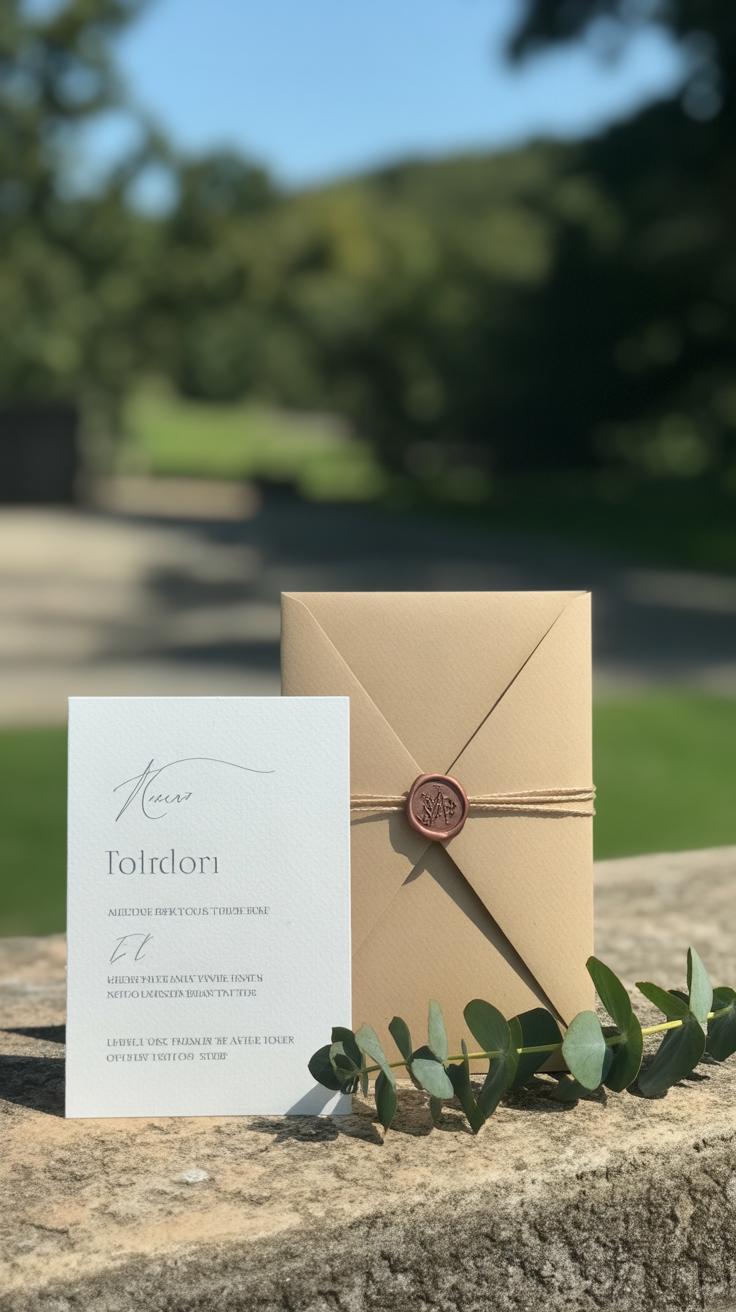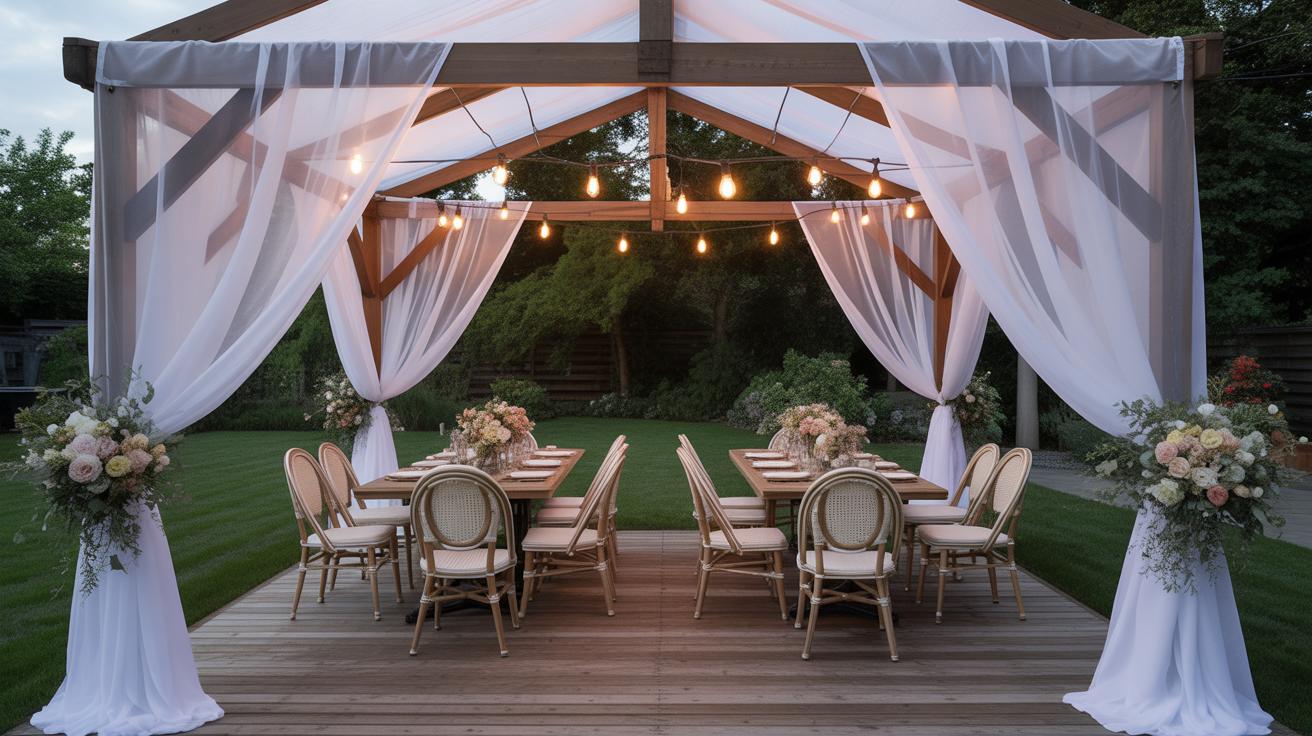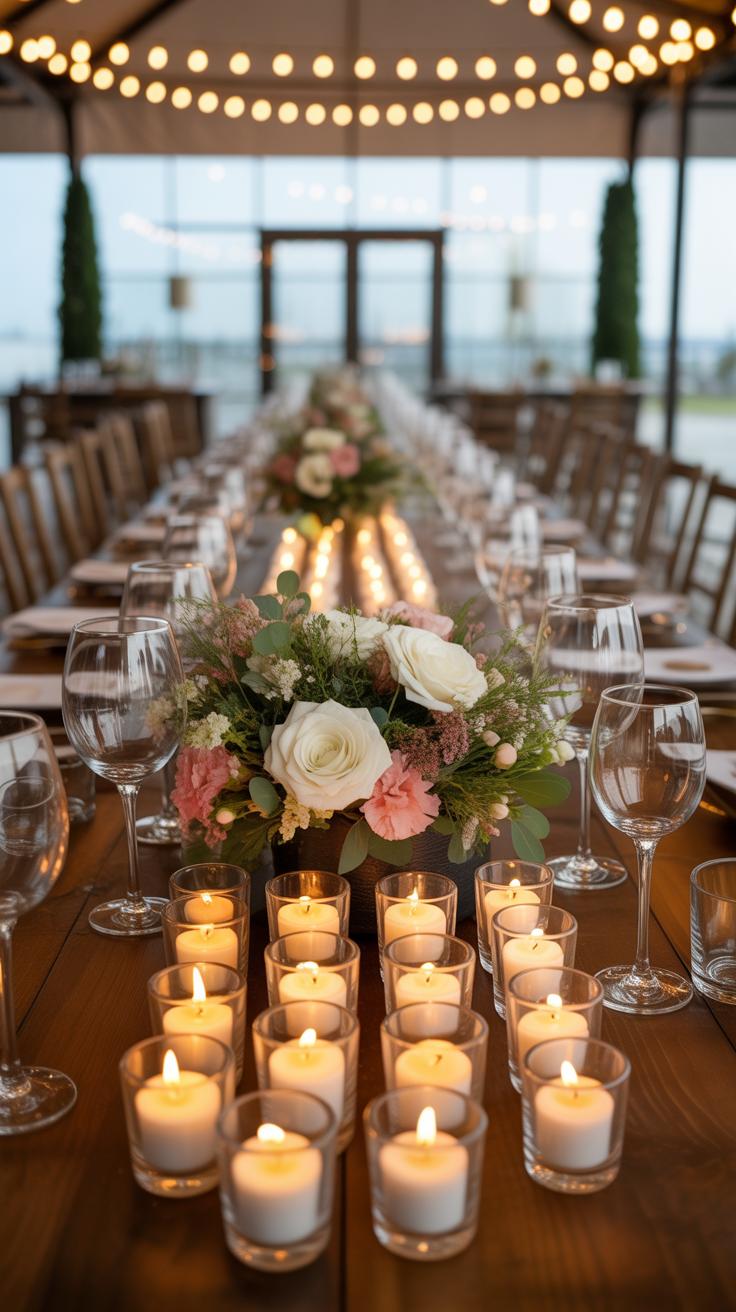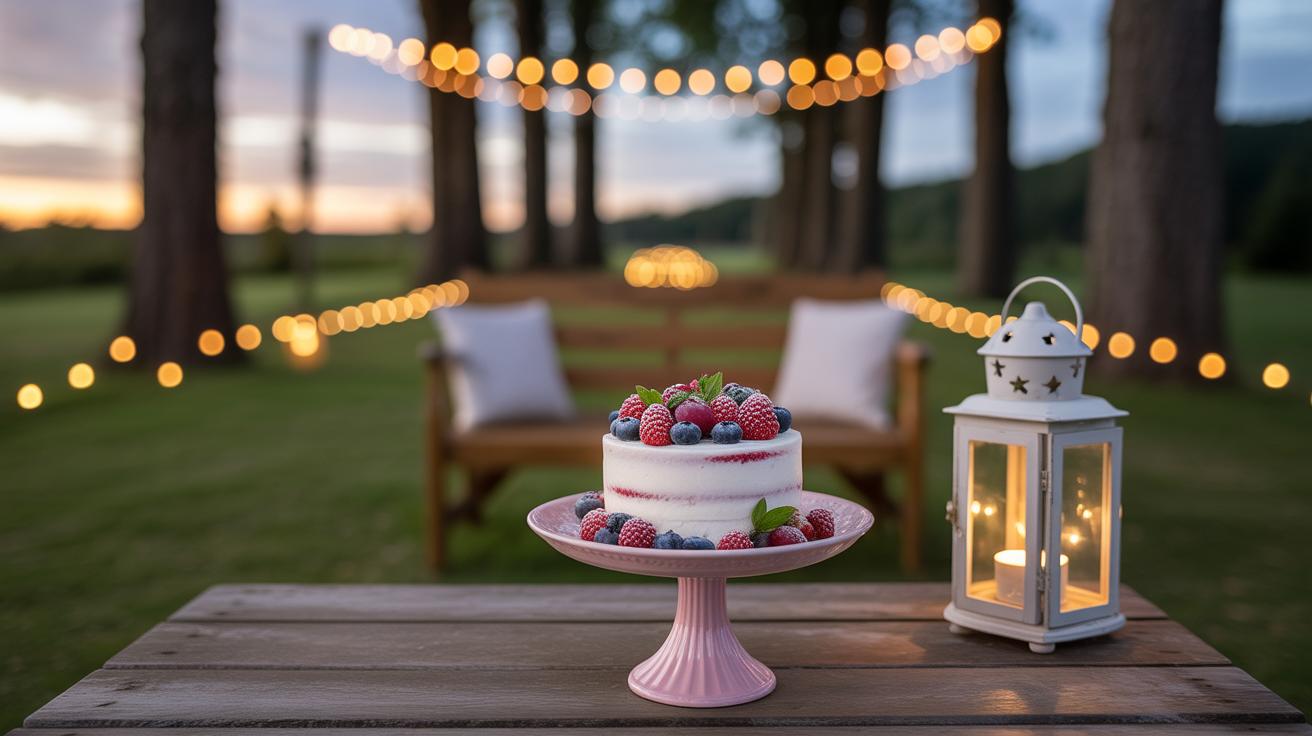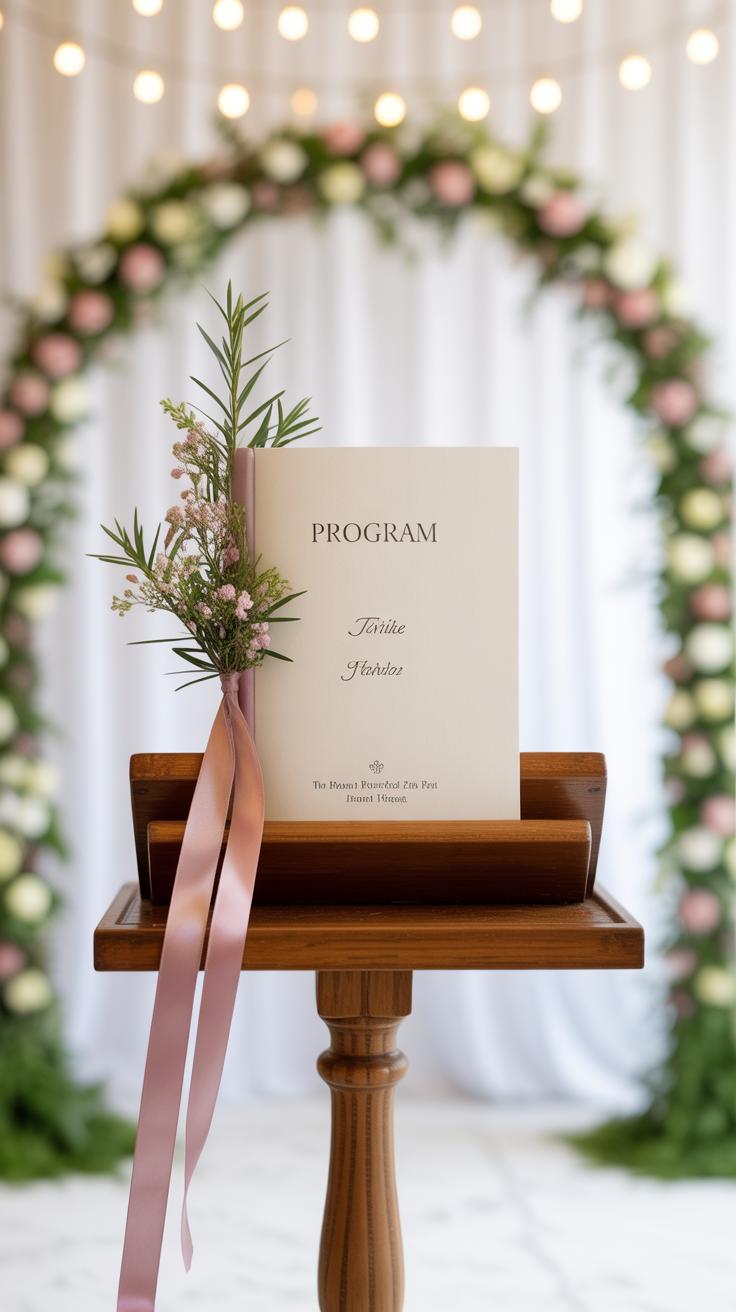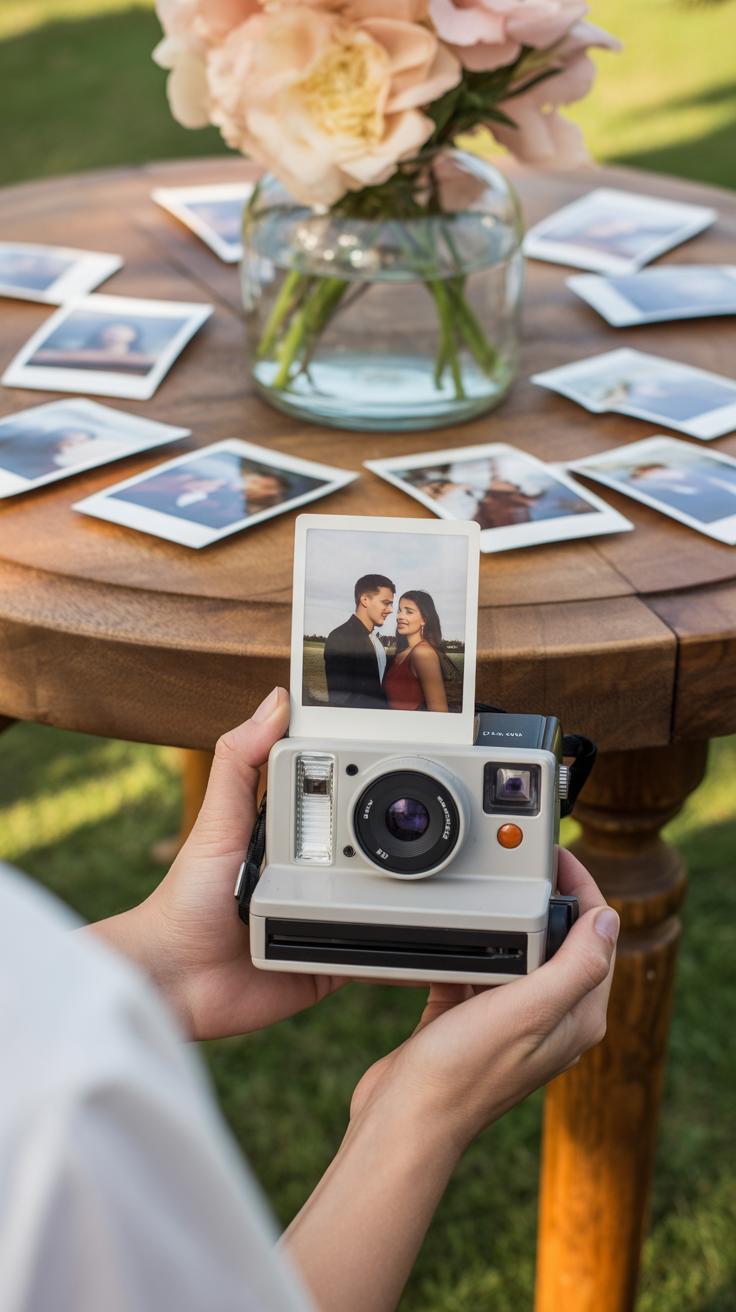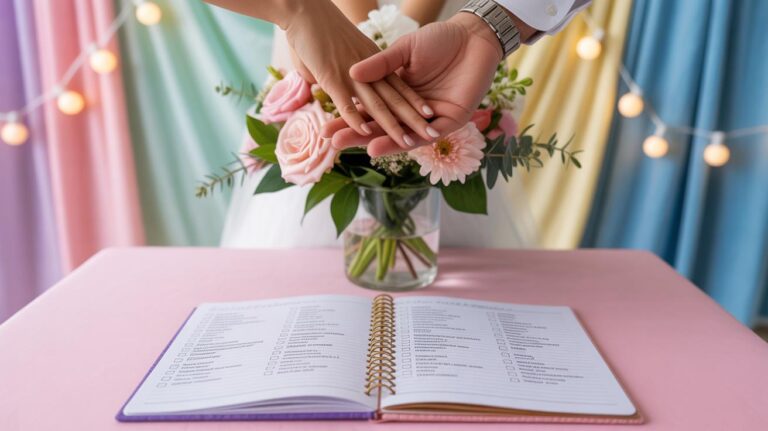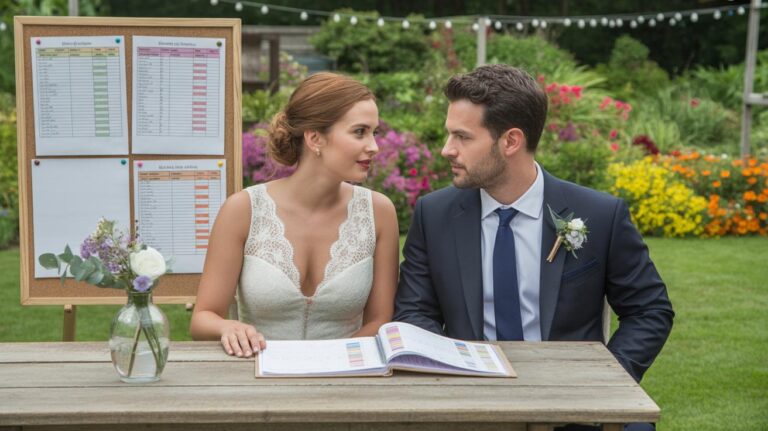Introduction
Planning a small private wedding offers couples the chance to have a deeply personal and meaningful celebration. Intimate weddings focus on close family and friends, creating an atmosphere of warmth and connection. This guide explores various ideas to help you design a memorable event that honors your love in a small, private setting.
From choosing the right venue to crafting personal vows, this article provides practical advice to ensure your wedding feels authentic and special. You will find useful tips to personalize your ceremony and make your small wedding an unforgettable day for you and your loved ones.
Choosing the Ideal Venue for a Small Wedding
Finding the right venue for a small private wedding often comes down to a few key factors: atmosphere, accessibility, and how well it fits your guest list. When your wedding is intimate, spaces that might feel empty or impersonal at a larger event suddenly take on a different character. So, you want somewhere that feels cozy but not cramped. Think about who you’re inviting and whether the venue can comfortably accommodate that number without feeling too bare or overcrowded.
You can consider a range of locations—from a small rental hall to a charming family home or even a boutique inn. The mood of the venue matters. Does it feel warm and welcoming? Does it reflect your style as a couple? Sometimes the best place isn’t the most obvious one. Accessibility is another puzzle piece. Will your guests have an easy time getting there? Are parking or transport options available? If a loved one might struggle with stairs, for instance, that’s something to factor in early on.
Outdoor versus Indoor Spaces
Outdoor venues, like gardens or small parks, bring natural beauty and a sense of openness that can enhance intimacy—but unpredictable weather can throw a wrench in your plans. You might love the idea of vows whispered beneath a tree, though what if it rains? On the other hand, indoor spaces, such as small community halls or cozy dining rooms, offer a controlled environment but can sometimes feel a little… closed off. I’ve seen couples hesitate between the vivid energy outdoors and the snug familiarity indoors, stuck right in that middle ground.
Homes make a nice example of indoor spaces, especially when they belong to family or close friends. You get that lived-in warmth, plus more privacy, maybe even the chance to customize every detail. But don’t underestimate the effort needed to prep a home for a wedding, either.
Finding Venues That Feel Personal
When the goal is intimacy, personal touches mean everything. Choosing a venue with a direct connection to you feels meaningful, almost like the place itself becomes part of your story. A family home is the obvious choice—for many, walking into the kitchen or backyard where you shared years of memories adds layers of feeling to your vows.
Boutique inns or small bed-and-breakfasts can offer that same closeness but with a bit of elegance you might not get at home. They’re less commercial than hotels but still provide some level of comfort and service. Private dining rooms at restaurants also create a space that feels both intimate and special—plus good food always helps break the ice. What matters is that the venue invites connection, not just on the surface but deep down in the way it holds space for your gathering.
Crafting Personal and Meaningful Vows
Writing your own vows invites a chance to express what really matters to you—not just ideal promises, but feelings that are authentic, maybe even a little messy. Start with a simple structure: open with why your partner matters, follow with specific promises, and close with hopes for your shared future. Keep it manageable—too long and the meaning might get lost, too brief and it could feel incomplete.
Think about including key elements that give weight to your words. Promises should feel sincere and doable, avoiding grand statements you can’t truly keep. A stir of personal memories grounds your vows in your story—like the moment you knew you loved them, or how they support you. Then share a glimpse of the future you want together, whether it’s facing challenges or embracing joy.
To make your vows truly intimate, speak directly to your partner. Use “you” often; it brings your words closer and more immediate. Adding small stories or quirks unique to your relationship enriches the moment and keeps things honest. For example, mention a funny habit you adore or an inside joke that hints at your bond. These details, however small, create a connection that feels real and memorable. What personal lines will your vows hold that others don’t yet know? That’s the heart of intimacy.
Selecting the Guest List for an Intimate Ceremony
Balancing Close Family and Friends
Choosing who to invite to a small wedding feels like walking a tightrope. You want your closest family there—the people who shaped you—but also friends who feel like family. That mix isn’t always obvious. Maybe your parents expect all distant relatives, but you might want to focus more on lifelong friends who have seen you grow.
Try listing the absolute must-haves first. Then, think about those friends who have been a consistent presence in your life, not just occasional acquaintances. Sometimes, it’s okay to leave out someone who’s close on paper but less connected emotionally. Keeping the circle tight preserves the feeling of warmth and presence. It doesn’t need to be perfectly even—maybe your close friends slightly outnumber family, or vice versa—as long as the group feels right to you.
Communicating Your Intentions to Guests
Once your list is set, sharing the nature of your small wedding matters a lot. People might expect a large celebration, so it’s helpful to be upfront about your vision early on. You could say something like, “We’re keeping things very personal and quiet this time, focusing on close bonds only.” That sets expectations and usually stops awkward questions.
Being clear also helps prevent hurt feelings. You might feel a bit uneasy telling some guests they’re not invited, but honesty can actually earn respect. You want guests who understand and support your choice, not those expecting a big party. Sending a thoughtful note—even just a short one—explaining your intentions goes a long way.
Planning a Simple and Elegant Wedding Ceremony
Designing a small wedding ceremony doesn’t mean it has to be complicated. Actually, keeping things straightforward can make the moment feel more intimate and meaningful. Focus on a few key moments that really matter—like your vows, the ring exchange, and perhaps a reading or two.
When crafting your vows, consider speaking from the heart rather than sticking to traditional wording. It might feel a bit nerve-wracking, but that honesty often resonates the most. The ring exchange is a natural highlight, but even here, simplicity works. Maybe just a brief statement before the rings are slipped on, keeping the flow smooth.
Readings can bring something personal to the ceremony without making it feel cluttered. Choose a passage or poem that reflects your relationship or shared values. You could ask a close friend or family member to do this, making that part of the ceremony feel especially warm.
What’s tricky is deciding how much to include without overcrowding the experience. You want it memorable, yes, but also calm and genuine. Would you rather a few deep moments or many small ones?
Keeping Traditions without Complexity
Including traditions is a nice way to honor your families or beliefs—but that doesn’t mean you need a long list of rituals. Pick one or two that really matter to you both. It could be something as simple as a unity candle, or maybe your own version of a handfasting ceremony.
You might want to think about why a tradition resonates with you. Sometimes, skipping the details that feel less meaningful keeps things light and focused. Your guests will appreciate the clarity and the chance to be part of something real rather than just ticking boxes.
Also, consider adapting traditions. For example, instead of a large processional, a short, meaningful march with just your closest family can keep the energy personal and relaxed.
Adding Personal Touches
Small private weddings are perfect for weaving in your personal stories or symbolic acts. Maybe you share a brief story about how you met or something funny that happened early in your relationship. These moments add layers to the ceremony—things that don’t quite fit in a bigger, more formal event.
You could also include symbolic acts, like planting a tree together or lighting a special candle. Such gestures bring attention to your commitment in a way that feels tangible. It’s not about impressing anyone but about what these acts mean to you.
Sometimes, this bit of personalization makes the whole ceremony feel less scripted and more alive. Have you thought about what stories you might want to share or what symbols feel most authentic to you?
Designing Invitations for a Small Wedding
For a small private wedding, your invitations do more than just relay details — they set the mood. Think carefully about tone and style. You might want the wording to feel warm, personal, maybe even a little informal. Instead of formal phrases, try language that sounds like you’re speaking directly to each guest. It makes the invite feel less like a mass mailing and more like a personal request to witness something meaningful.
Design choices matter, too. Simple layouts, clean fonts, and subtle colors often work best. Sometimes less really is more, especially when the event is about intimacy. A small printed card or even a handcrafted touch can signal that this is a gathering meant for close friends and family, not a large celebration.
When managing RSVPs, small guest lists offer you a neat advantage: you can afford to be more hands-on. Sending follow-up calls or texts isn’t pushy here—it’s thoughtful. Keep a clear list to track responses, so you won’t be caught off guard by last-minute changes. And, honestly, do you ever really want surprises on your big day? Probably not.
Give your guests all the essential info but avoid overwhelming them—time, place, dress code if needed, and maybe a gentle note on gift preferences, if you have them. Clarity helps everyone feel comfortable and prepared to share your day quietly and fully.
Choosing Meaningful Wedding Attire
For a small private wedding, the clothes you and your partner choose can truly reflect the tone of your day. Unlike big events, there’s room to be personal and relaxed without feeling the pressure to impress a large crowd. Think about outfits that feel like “you” rather than something purely traditional or formal.
Comfort should be a key factor, especially since a smaller wedding often means a more casual, laid-back vibe. You might want to consider breathable fabrics or styles that let you move easily. For example, a simple linen dress or a tailored but soft suit can look elegant while keeping you at ease.
Don’t forget to include those closest to you in the attire choices. Bridesmaids and groomsmen—or however you call your participants—should feel comfortable, too. Coordinating colors or styles without forcing a rigid uniform can make everyone look cohesive but still natural.
It helps to involve your partner early in this process. Maybe start by sharing images or outfits that catch your eye and compare notes. You might discover you both lean toward a minimalist look or prefer a splash of color. This dialogue ensures your outfits tell your shared story rather than just following a trend.
Consider asking: What outfit makes you feel like yourself? Does this choice suit the setting and mood you want? Sometimes the most meaningful choices come from a balance between how you want to look and how you want to feel that day.
Decorations That Enhance Intimacy
When planning decorations for a small private wedding, it’s easy to get overwhelmed by options. But really, the goal is to create a warm, inviting space where everyone feels connected. Think about scaling down the decor. You don’t want to crowd the space or make it feel too formal. Instead, choose items that invite closeness—soft fabrics, warm colors, and textures that draw people in.
Lighting plays a big part in setting the mood here. Candles, for example, can bring a softness that’s hard to replicate with bright lights. Fairy lights are also great—just enough to twinkle but not distract. Using a few well-placed lamps or lanterns might add that cozy feel, too. You might wonder if it’s enough, or maybe too simple, but the subtle glow changes everything.
For flowers, keep things simple. Small bouquets or even single blooms in tiny vases work well—no oversized arrangements that take up too much space. Flowers like ranunculus, garden roses, or even eucalyptus can add a touch of elegance without overwhelming the setting. It feels less like a show and more like a gentle accent to the day. Arranging them casually, almost as if they were just picked that morning, can make the whole scene feel natural and heartfelt.
Creating a Meaningful Program for Your Ceremony
When planning your intimate wedding, a clear program can really help your guests follow along without wondering what’s next. Having a guide doesn’t just keep things on track—it also adds a sense of rhythm to your ceremony, making it feel more thoughtful. You’ll want to include all the key moments so no one feels lost or left out, especially since small gatherings mean everyone’s attention tends to be more focused.
Think about listing these points:
- Welcome or introductions—who’s speaking and why.
- The exchange of vows—where your words take center stage.
- Any readings or musical interludes.
- Closing remarks or any cultural traditions you want to honor.
Don’t hesitate to get personal in the program. Maybe add a brief story about how you met your partner or a note about what this day means to you both. I’ve seen couples include little messages or funny memories, which guests seemed to love. It turns a simple schedule into a keepsake that shares a bit of your personality. It doesn’t have to be fancy—sometimes just a handwritten note or a favorite quote can bring a smile or even spark a quiet moment of connection.
Capturing Memories from Your Small Wedding
With a small wedding, the way you capture memories can feel more personal and relaxed. What suits a gathering of a dozen or two people might not work for bigger events. You want photos and videos that show natural interactions—the spontaneous laughs, quiet glances, unplanned moments that reveal who you all really are. Maybe you’ll prefer a photographer who blends in rather than someone directing every shot. That way, nothing feels posed or stiff.
Choosing a Photographer or DIY
Hiring a professional means you get experience and quality. They know how to catch light, angles, and moments without interrupting the flow. Yet, it can be costly, and some pros stay a little too “officiant” with cameras. On the other hand, having a guest document the day invites a more casual vibe. A friend may capture things a pro wouldn’t notice—awkward smiles, inside jokes, pets wandering into frame. But be realistic: they might miss key shots or get distracted.
Highlighting Candid Moments
Candid photos tell your story in an authentic way. These aren’t just backgrounds and smiles; they reveal true emotions, maybe a tear, or a burst of laughter right after vows. Often, candid shots capture what posed pictures cannot—the energy, the nerves, the joy that people don’t always show when being “on camera.” If you focus on candids, you’ll have a more meaningful collection of memories, even if some images aren’t perfectly framed. That genuine feeling matters most.
Celebrating After the Ceremony with Close Friends
Once the vows are exchanged, the celebration can feel just as intimate as the ceremony itself. With a small group, you might want to keep things low-key instead of a full-on party. A dinner at home with close friends can be surprisingly special—imagine candles flickering, familiar faces, and stories being shared around the table. You don’t need a big venue; sometimes, the comfort of your own space makes the evening feel more heartfelt.
Quiet restaurants with private rooms can work well too. The service tends to be more attentive, and the atmosphere less chaotic. It lets everyone linger over their meals, savoring both food and company. If you’re aiming for something a bit different, think about a group outing—maybe a vineyard tour, a hike, or even a cooking class together. Activities like these turn the celebration into shared memories, not just a gathering.
Those moments away from traditional reception formats might feel a little unconventional at first. But often, they make for stronger connections afterward. It’s not about the grandeur, really, but about the people standing closest to you on this new journey. What kind of celebration would feel right for your circle? Something more relaxed or a bit of an adventure?
Conclusions
Small private weddings provide a unique opportunity to focus on what truly matters—your commitment and love for each other. By carefully selecting meaningful details and involving your closest circle, you can create a wedding experience that feels genuine and heartfelt. Remember to keep the event simple, personal, and true to your style.
Embrace the intimacy of your small wedding as a way to strengthen bonds and celebrate your vows in a sincere atmosphere. With thoughtful planning and heartfelt intention, your private wedding can become a cherished memory that marks the beginning of your shared journey.

